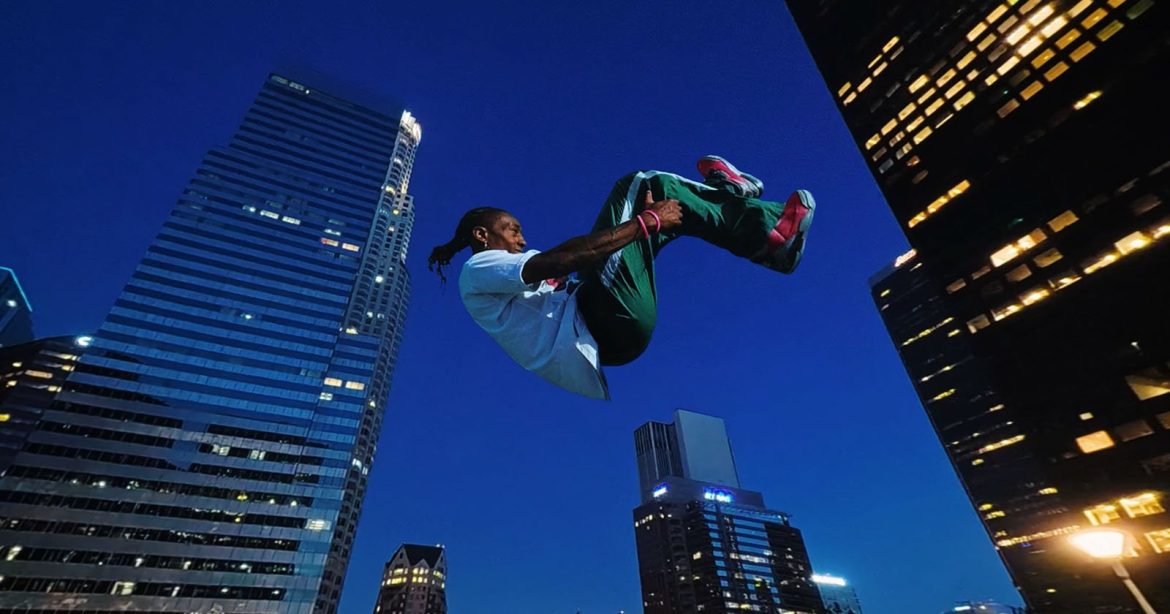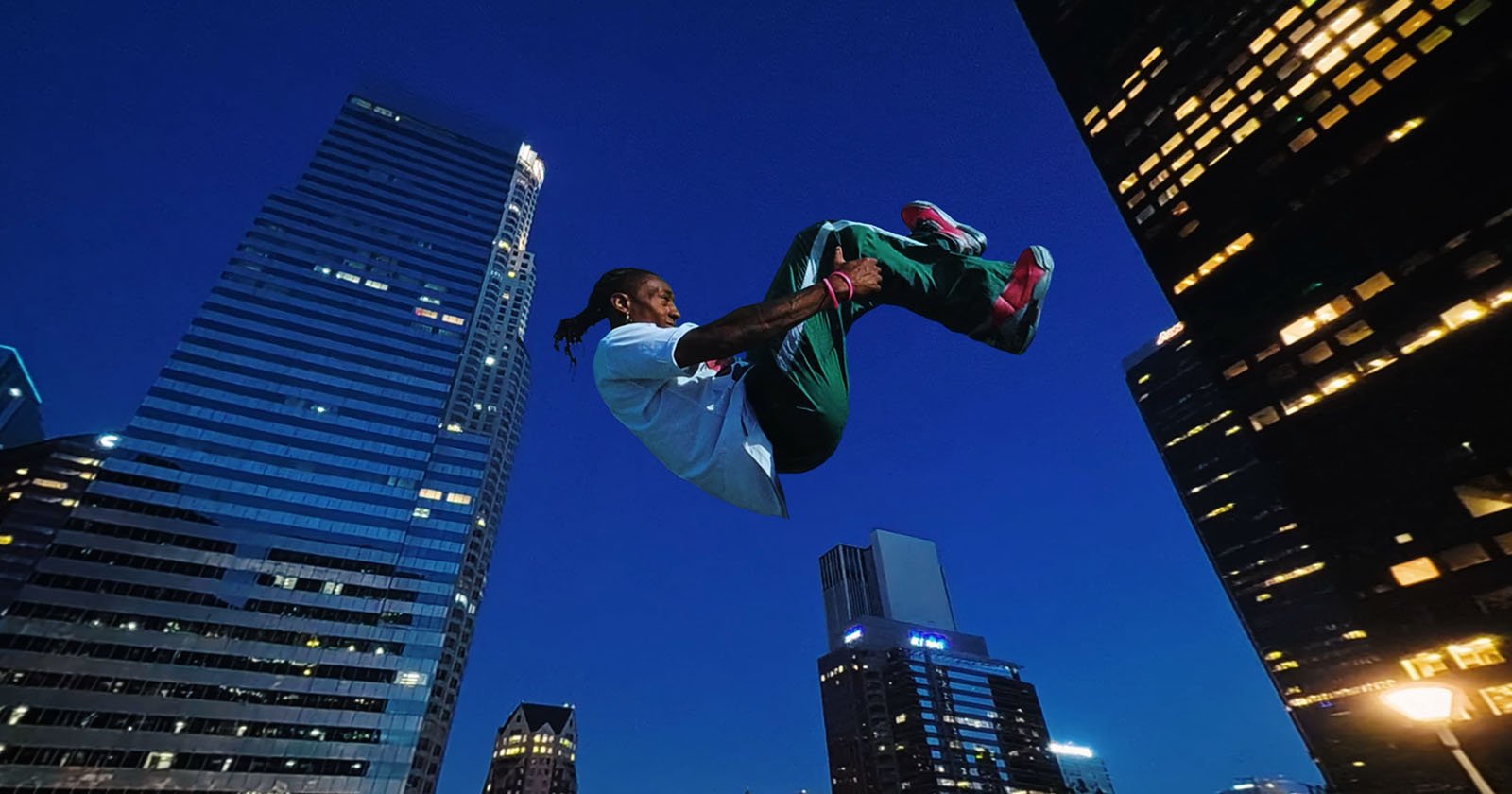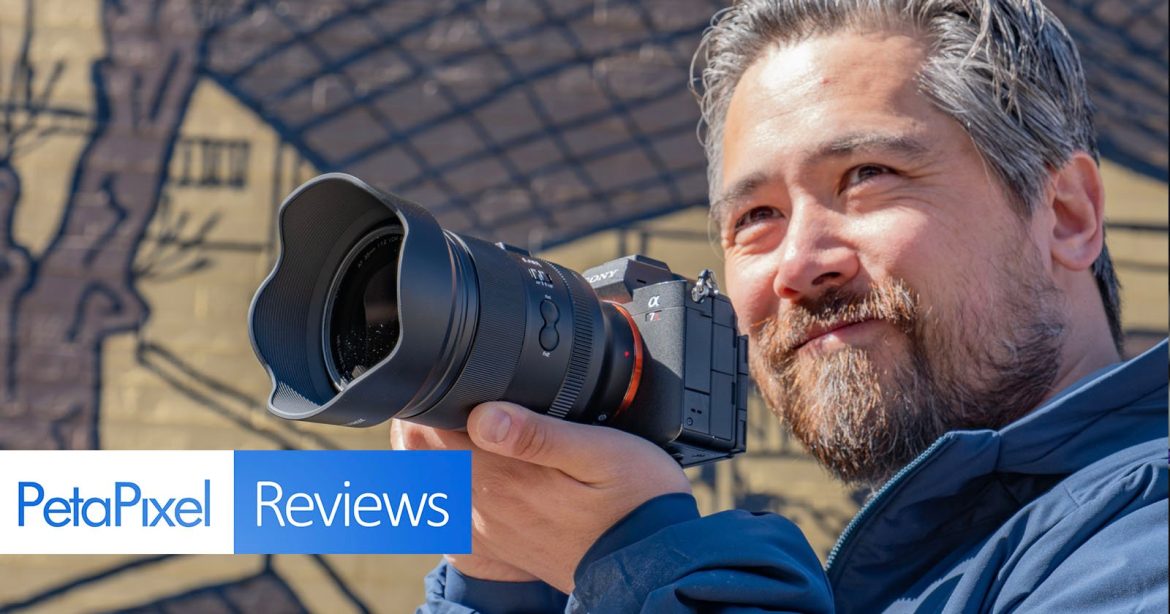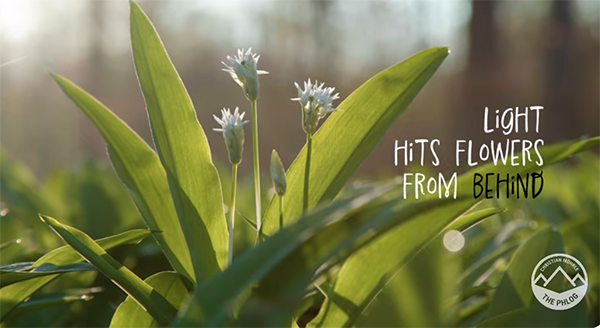If you’ve never tried shooting nighttime cityscapes photos it’s time to gets started. That’s because urban scenes that seem boring during the day are transformed into magical opportunities full of sparkling lights, brightly lit windows, colorful signs, and interesting reflections once the sun drops below the horizon.
The tutorial below featuring world-renowned expert Serge Ramelli demonstrates a foolproof post-processing technique for editing your evening nighttime street photos to perfection. He’s an educator and globe-trotting outdoor photographer specializing in nature and cityscape imagery, and today he’s back in his hometown of Paris. Lucky guy!
In barely eight minutes Ramelli walks you through his complete retouching workflow with one of his favorite photos that recently went viral on social media. The original shot definitely needs some work but wait until the see the amazing transformation he achieved after putting Lightroom Classic to work.

The demonstration image was captured handheld at ISO 1,000 and cleaned up beautifully with Lightroom’s new AI Generative and Denoise tools. As he says, “I’ll show you my secret to perfect exposure and white balance.” Creating an eye-catching glow using dodge-and-burn is also part of the process.
Ramelli also reveals how his AI presets make everything super simple by enabling you to achieve superior enhancements with just one click. In fact, he says “I’m even considering selling this photograph in my 120 galleries around the world because it’s one of my cleanest edits ever.” And you can create spectacular edits of your own by following his straightforward advice.
The original shot is overly dark so Ramelli begins by opening the shadows, adjusting the black point, and “revealing” the photo by manipulating overall exposure and the whites.” He provides timesaving keyboard shortcuts for these enhancements and the other that follow.
Ramelli then turns to color grading because the photo has an unwanted cast, and you’ll watch him experiment with different settings to create the vivid tones he desires.

At this point he’s just getting started, so follow along and watch the Lightroom magic unfold. If you enjoy outdoor photography in the field or in the urban environment you owe it to yourself to explore Ramelli’s instructional YouTube channel (with it’s 650K subscribers) where there are many more how-to videos to be found.
And on a related note, don’t miss the tutorial we featured recently with another accomplished pro who explains how to understand Dynamic Range and use it to create outdoor photographs with perfectly balanced exposure.
Serge Ramell1


















